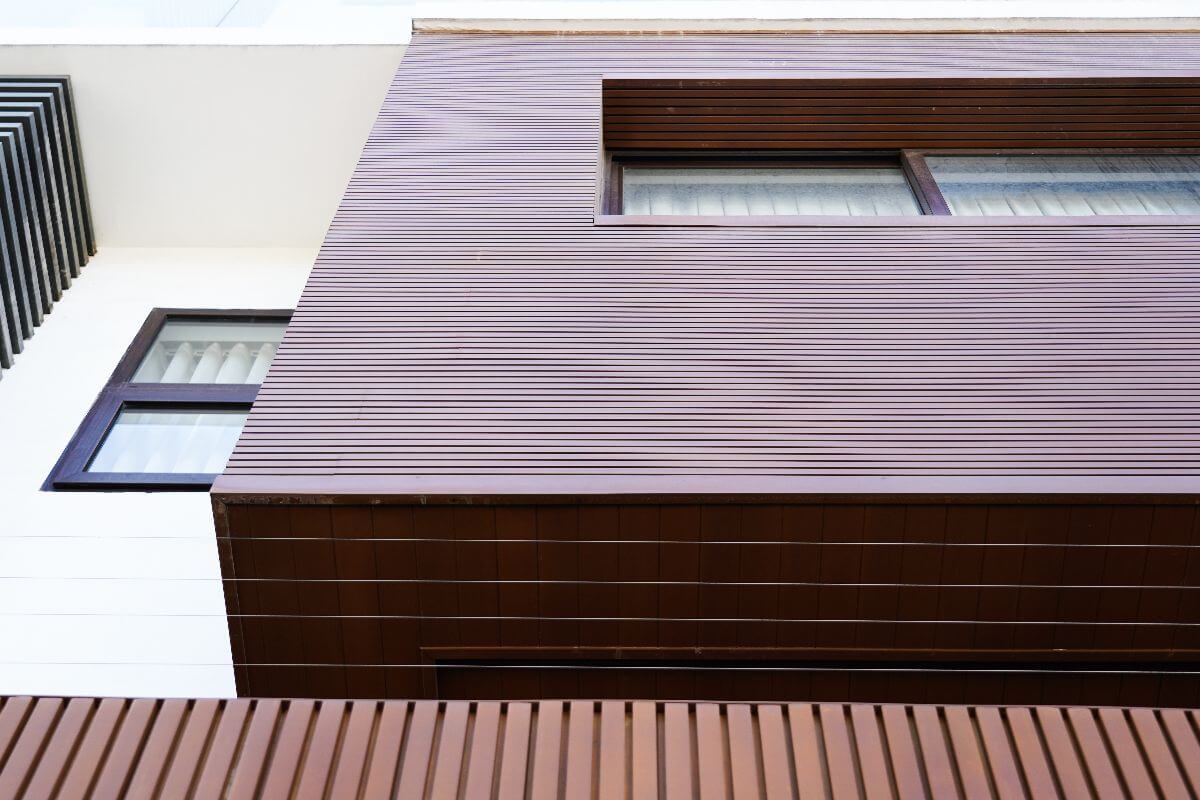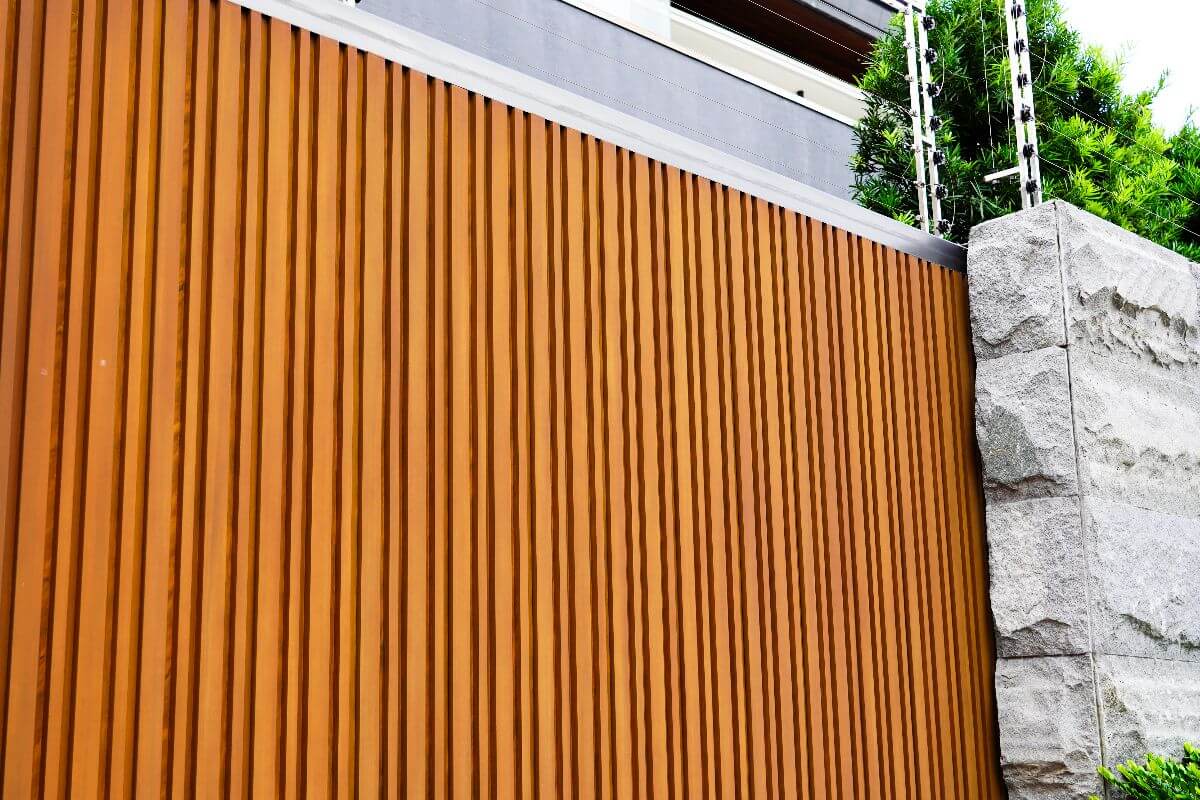GET A FREE CATALOG
5 Common Misconceptions About Wall Cladding in the Philippines
What are the common misconceptions about wall cladding in the Philippines?
- Wall cladding is only for aesthetics
- It’s too expensive for residential homes
- Cladding causes trapped moisture and mold
- Maintenance is difficult and costly
- Not suitable for tropical climates
Overview
- Wall cladding offers more than just aesthetic appeal—it protects, insulates, and extends a building’s lifespan.
- Common myths in the Philippines, such as it being too expensive, high-maintenance, or unsuitable for tropical climates, often prevent homeowners from enjoying its benefits.
- Choosing quality materials and proper installation ensures long-term value and performance.
Wall cladding is a protective and decorative layer added to the exterior or interior walls of homes and commercial buildings, enhancing durability while providing a clean, modern aesthetic.
Despite the growing popularity of wall cladding in the Philippines, several misconceptions still prevent people from fully maximizing its benefits. This article addresses common misconceptions about wall cladding in the Philippines to help you make informed choices for your next project.
Wall Cladding is Only for Aesthetics

It’s easy to think wall cladding is just there to make your home or establishment look good, and yes, it adds aesthetic appeal with its clean lines, textures, and design flexibility. But believing that wall cladding is only for aesthetics is a common misconception in the Philippines.
The truth is, cladding goes beyond beauty; it serves as a protective layer for your building, helping regulate indoor temperatures by providing insulation, which means your home stays cooler during hot days while potentially reducing energy costs.
Beyond weather protection, wall cladding also helps with sound insulation and adds a layer of durability to your walls, making them less prone to cracks or surface wear. So while it’s true that wall cladding enhances the look of your property, its real value lies in how it protects, insulates, and extends the lifespan of your home or business.
It’s Too Expensive for Residential Homes
Many homeowners in the Philippines assume wall cladding is a luxury meant only for high-end hotels or offices, causing them to dismiss it as “too expensive” for residential use. However, this is a misconception.
While some premium materials like rare hardwoods or imported stones can be costly, there are plenty of affordable cladding options available to match different budgets. At GRM Biowood, we see firsthand how homeowners are making the smart switch to wood-plastic composite cladding to enhance their homes without overspending.
Biowood panels provide the look and warmth of natural wood while being more cost-effective over time because they’re resistant to moisture, termites, and harsh weather, all common challenges in the Philippines.
Cladding Causes Trapped Moisture And Mold
Cladding doesn’t inherently cause trapped moisture or mold. These issues typically result from poor installation, low-quality materials, and improper sealing or drainage. Any wall system without effective moisture management can face the same problems, so cladding alone isn’t to blame.
It comes down to choosing a reliable supplier who knows how to install cladding securely with proper flashing, sealing, and ventilation layers. This ensures water is directed away from the building while allowing the structure to breathe, reducing the risk of mold growth.
Maintenance is Difficult and Costly
Many assume that cladding automatically requires frequent repainting, sanding, or treatment for moisture damage. However, modern cladding systems, especially wood-plastic composites and properly treated panels, are designed to be low maintenance.
To maintain your cladding, all you typically need is a simple rinse with water and mild soap a few times a year to remove dirt or dust buildup. For areas exposed to heavy rains or near gardens, occasional inspections can help you spot any issues early, like clogged drainage behind panels or minor scratches, so you can address them before they escalate.
Choosing the right material and ensuring proper installation are key to hassle-free cladding that remains visually appealing and functional for years, proving that the belief that cladding is high-maintenance is just a misconception you can confidently set aside.
Not Suitable For Tropical Climates

While it’s true that not all materials can handle harsh weather, modern wall cladding options are specifically designed to withstand these challenges. Materials like wood-plastic composite are engineered to resist moisture, UV damage, and pests, ensuring your walls stay protected and looking good even in humid and rainy conditions.
In reality, using wall cladding in tropical climates can actually extend the lifespan of your structure by shielding it from direct sun, heavy rain, and moisture penetration. Quality cladding helps regulate heat, reduces maintenance on your main walls, and adds a protective barrier against weather-related wear.
Key Takeaway
These common misconceptions about wall cladding in the Philippines can help you confidently choose the best materials and installation methods for your project. Understanding the truth behind these myths helps you maximize cladding’s benefits while matching your climate, design, and maintenance needs.
Looking for sustainable, durable, and stylish cladding solutions? Contact us today to learn how GRM Biowood can help you achieve a beautiful, low-maintenance cladding solution for your next project.


